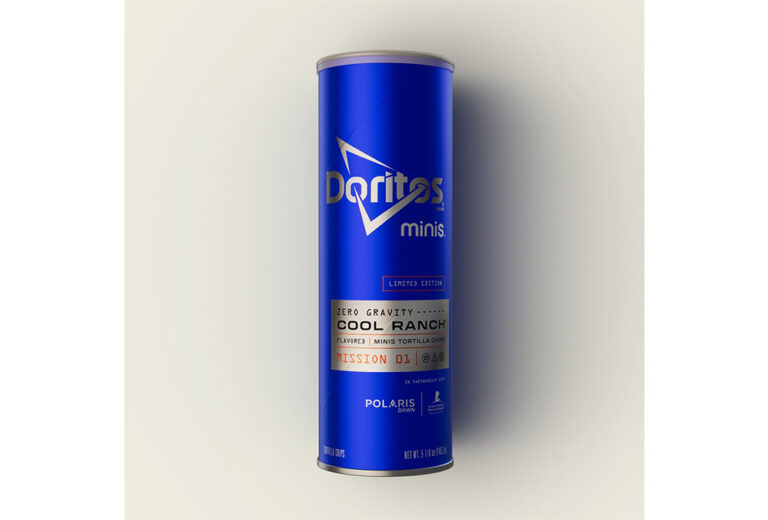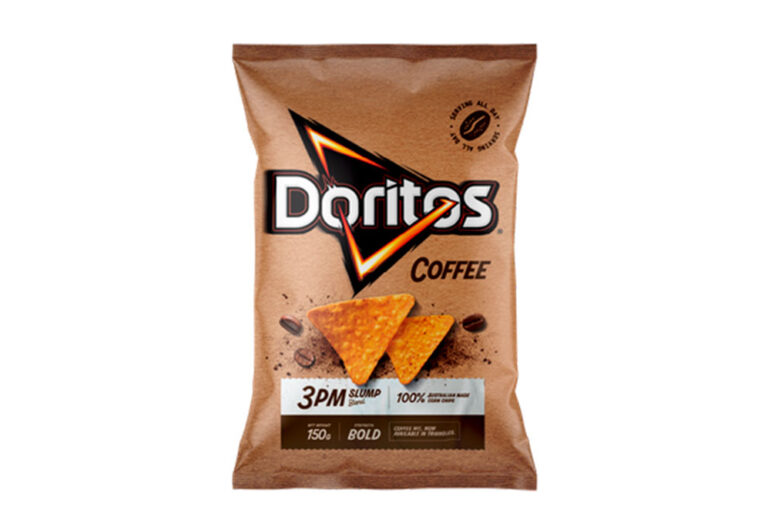Click here to read the Spanish version.
Although it may seem like a Sci-Fi plot, it is not. Science and innovation are constantly evolving to impact history through their breakthroughs. A team of researchers at Stanford University has succeeded in making the skin and tissue of living animals transparent using the food coloring used in products such as Doritos.
This research, published in the journal Science, specifically used the dye tartrazine, used as the common food dye ‘Yellow No. 5‘ to carry out the experiment that ended up temporarily revealing the inner organs and vessels of the animals.
The effect is instantaneous. Within minutes of smearing the food dye on the mice, their skin becomes as transparent as glass. This procedure is known as ‘optical tissue clearance’, and has not yet been tested on humans, but it could be a revolutionary technique for viewing and monitoring lesions and a multitude of diseases without the need for specialized equipment or invasive cutting surgery.
The particularity of our strategy is that we directly modify the optical properties of the tissue,’ says Zihao Ou, lead author of the study and physicist at the University of Texas at Dallas.
This kind of mirror inside the organism could thus be of great use for biomedicine and future research, helping in the early detection and treatment of diseases such as cancer. This method manages to reduce the contrast between the refractive indices of biological structures, making the light scatter less and allowing it to penetrate the tissues.
However, there are still a number of issues that scientists need to develop or decipher in order to perfect the strategy, such as finding the optimum concentration of the dye solution for other types of tissue.





